
The National Meteorological Institute (Spanish acronym: IMN) predicts that the rains in Guanacaste will continue to be the strongest in recent years, as has happened in recent months compared to previous years.
According to the institution, between January and September in the North Pacific, it has rained between 25% and 55% more than normal compared to the average from other years in those same months.
The coordinator of IMN’s climatology unit, Luis Fernando Alvarado, expects that from September to November, when the rainy season ends, the rains will be between 30% and 60% more than normal compared to the averages from previous years.
The reason that it has rained so much this year is due to the La Niña phenomenon, which has been the second most intense since 1980, only surpassed by that of 2010.
La Niña is the cold phase of the natural phenomenon known as the El Niño-Southern Oscillation (ENSO). The waters of the Pacific Ocean are cooler than normal, which can affect weather conditions.
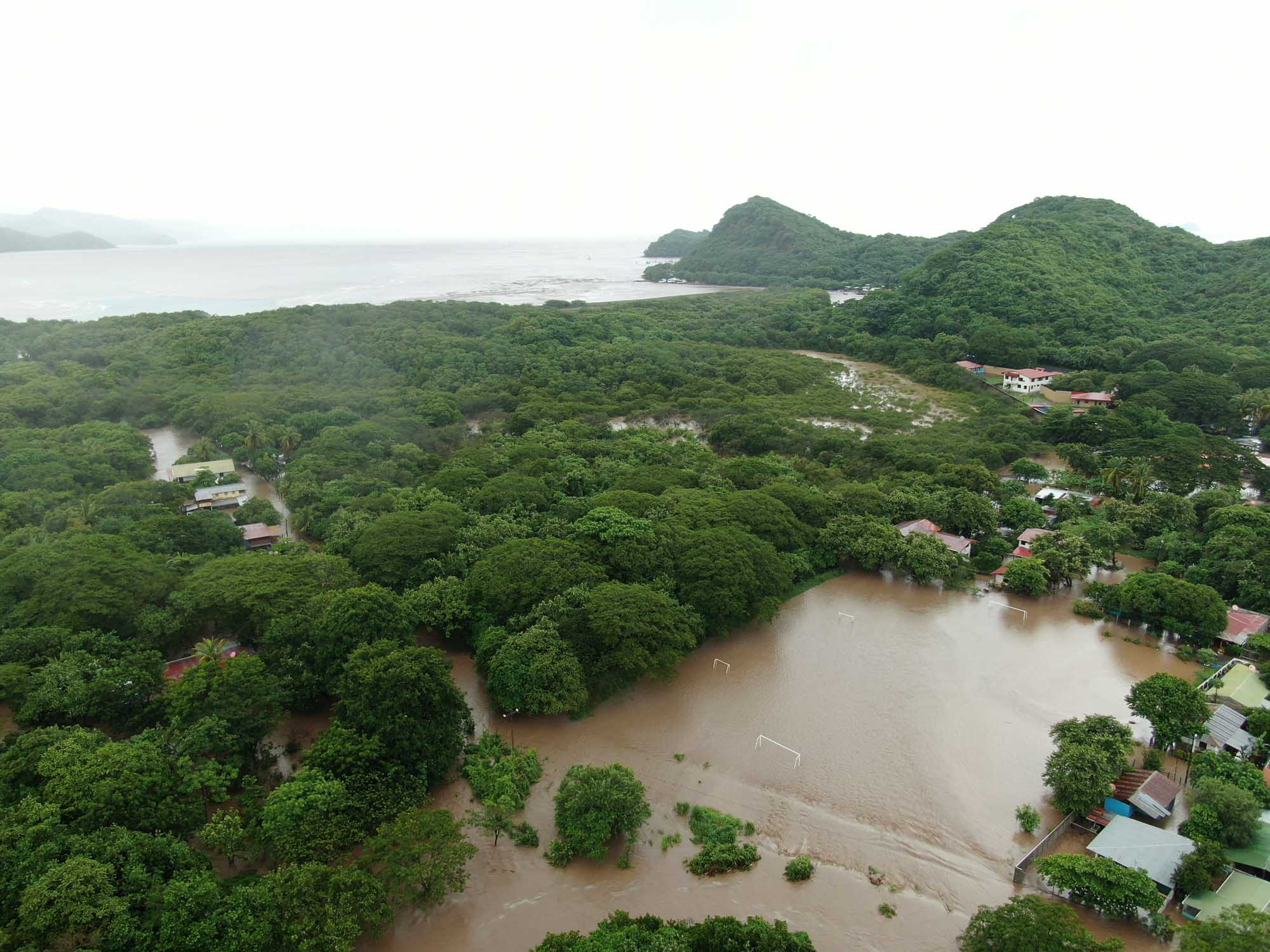
This year, Santa Cruz has the record for the greatest amount of rain in the entire country. On September 9, 2022, 328 mm of rain was recorded in Cuajiniquil and Veintisiete de Abril, according to IMN data. Photo: Steven Lara
Using the Liberia airport and Nicoya stations as a reference, so far this year, 1,520 mm (60 inches) have been recorded in Liberia and 2,490 mm (98 inches) in Nicoya. One millimeter is the equivalent of 1 liter of water per square meter. The averages between January and September, according to IMN, are 1,210 mm (48 inches) and 1,622 mm (64 inches), respectively.
Alvarado explained that these two stations are the most representative for the North Pacific region. “In Guanacaste, the rain normally varies a lot from south to north. The rains are higher in the south of the region and lower in the north,” explained the climatologist.
Attentive Municipalities
With the heavy rains and after Tropical Storm Bonnie, the province's municipalities have already had to implement their emergency response plans this year. The most recent cases were the cantons of Tilaran, Cañas and Bagaces, where incidents of flooding and damage to road infrastructure were reported.
Only Bagaces had to set up a shelter on September 17, where they relocated 24 people, according to information from the National Emergency Commission (Spanish acronym: CNE).
According to the mayor of Tilaran, Juan Pablo Barquero, when they open a shelter, they must move all of the necessary supplies, such as hygiene items, mattresses, emergency equipment, municipal machinery, as well as the people who temporarily need shelter.
Inter-institutional communication and the role of community emergency committees (CCEs) are essential to quickly take care of people affected by this type of event.
Previously, the rains also affected Santa Cruz and Liberia, in both cantons because the sewage system is insufficient, according to the people in charge of the municipal emergency committees who spoke with The Voice.
The damages have occurred mainly to rural roads that become impassable and also to the paved road network that has problems with potholes and structural damage to bridges, according to municipal representatives.
In the case of Nicoya, damages haven’t happened in the same way, not even with Tropical Storm Bonnie. According to Mayor Carlos Armando Martinez, although the amount of rain that has fallen this year has been atypical, they haven’t had major effects beyond flooding in certain places such as San Martin, San Joaquin or Belen.
Although all of the municipalities have an immediate emergency response plan, their priority is to work on a preventive and long-term plan to mitigate floods, which are becoming more and more common.
According to Liberia’s municipal emergency committee’s liaison officer, Renan Zamora, although they do work on research and projects that can mitigate the impact of these disasters, "the prevention part, unfortunately, is one of the points that is given less emphasis within the risk management system.
According to Santa Cruz’s municipal emergency committee’s logistics coordinator, Geissel Gutierrez Marchena, in the future, assistance needs to be planned taking into account climate change.
"The tendency in Central America is that risk management offices no longer work alone, but rather work hand in hand with environmental management."
The Municipality of Santa Cruz is working on updating the inventory of greenhouse gasses and on a water resource plan to have an impact on forest cover, which is necessary to prevent more runoff.
"Sites devoid of vegetation are the ones where runoff increases, has greater speed and then it begins to affect us much more in the middle and lower basin," explained Gutierrez.
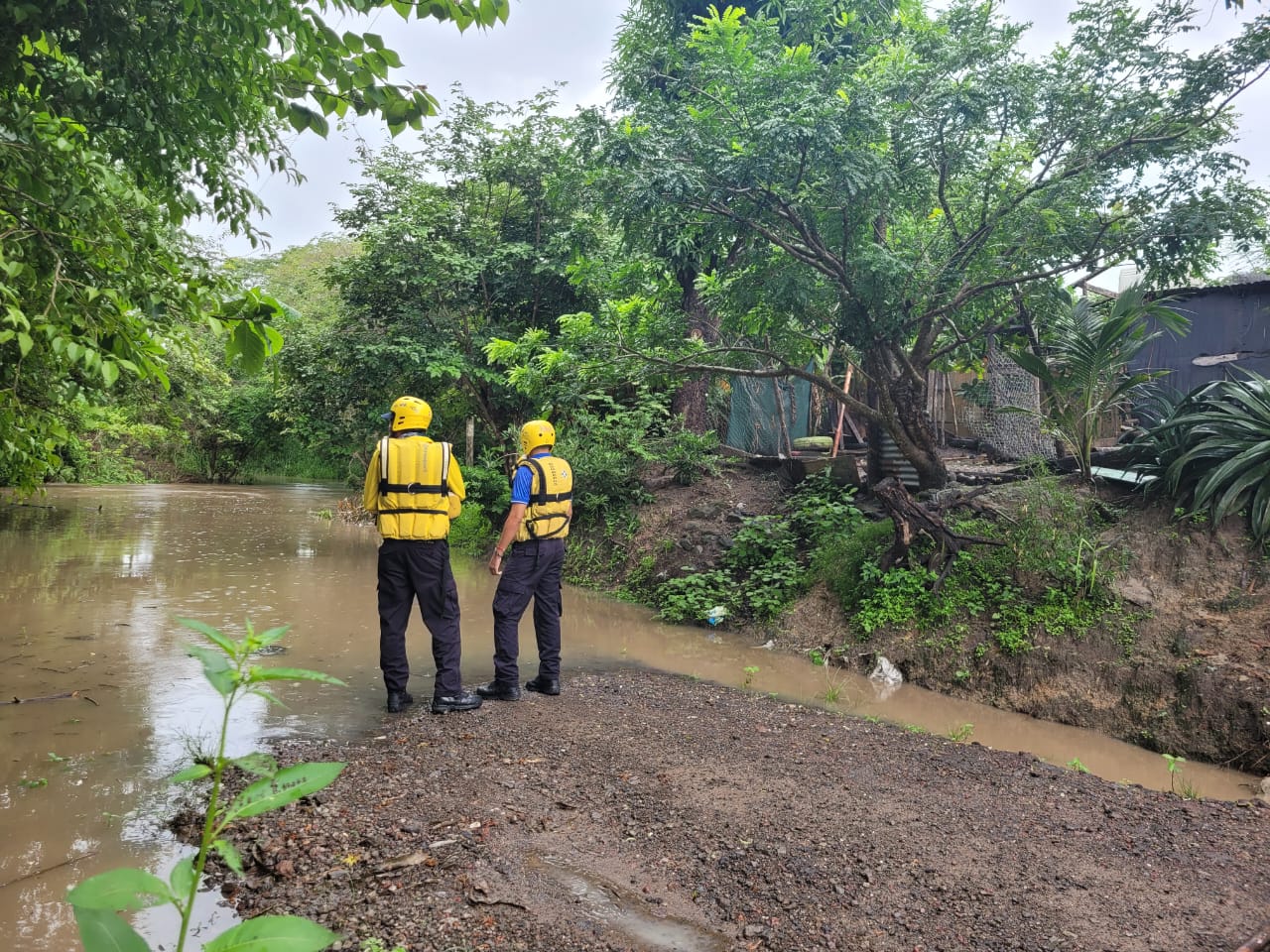
Tropical Storm Bonnie affected several cantons in Guanacaste, including Liberia, which was on red alert during that event. According to Liberia’s Municipal Emergency Committee, this year's rains have damaged the road network. Photo: CME Liberia
The municipalities of Nicoya and Liberia are currently working on adaptations in bodies of water such as rivers or streams to reduce the impact they may cause during future rainfalls.
What can I do if I’m at risk?
The municipal authorities reiterate that they are keeping an eye on the flows of rivers during the rainy season.
That’s why people who notice that they’re swollen and that they may overflow should call 911, report it and follow the recommendations of the CNE, which include evacuating the areas near the rivers, not trying to cross them or staying away from places where landslides could occur.
The emergency telephone center channels all the information and redirects it to first response institutions such as the Public Police Force, firefighters or the Red Cross.
“The community emergency committees alert us to their needs and based on the lists that they indicate to us and the 911 report, we go to places to intervene, whether that’s cutting down trees, evacuating people and transferring them, authorizing sheltersand so forth,” explained Gutierrez.
According to the IMN, although they can’t foresee the direct impact of another tropical cyclone this year, like Tropical Storm Bonnie, we will have an indirect impact from these phenomena when they pass through the Caribbean Sea, like what’s currently happening with Hurricane Ian, which is why the IMN is asking citizens to take preventive measures.


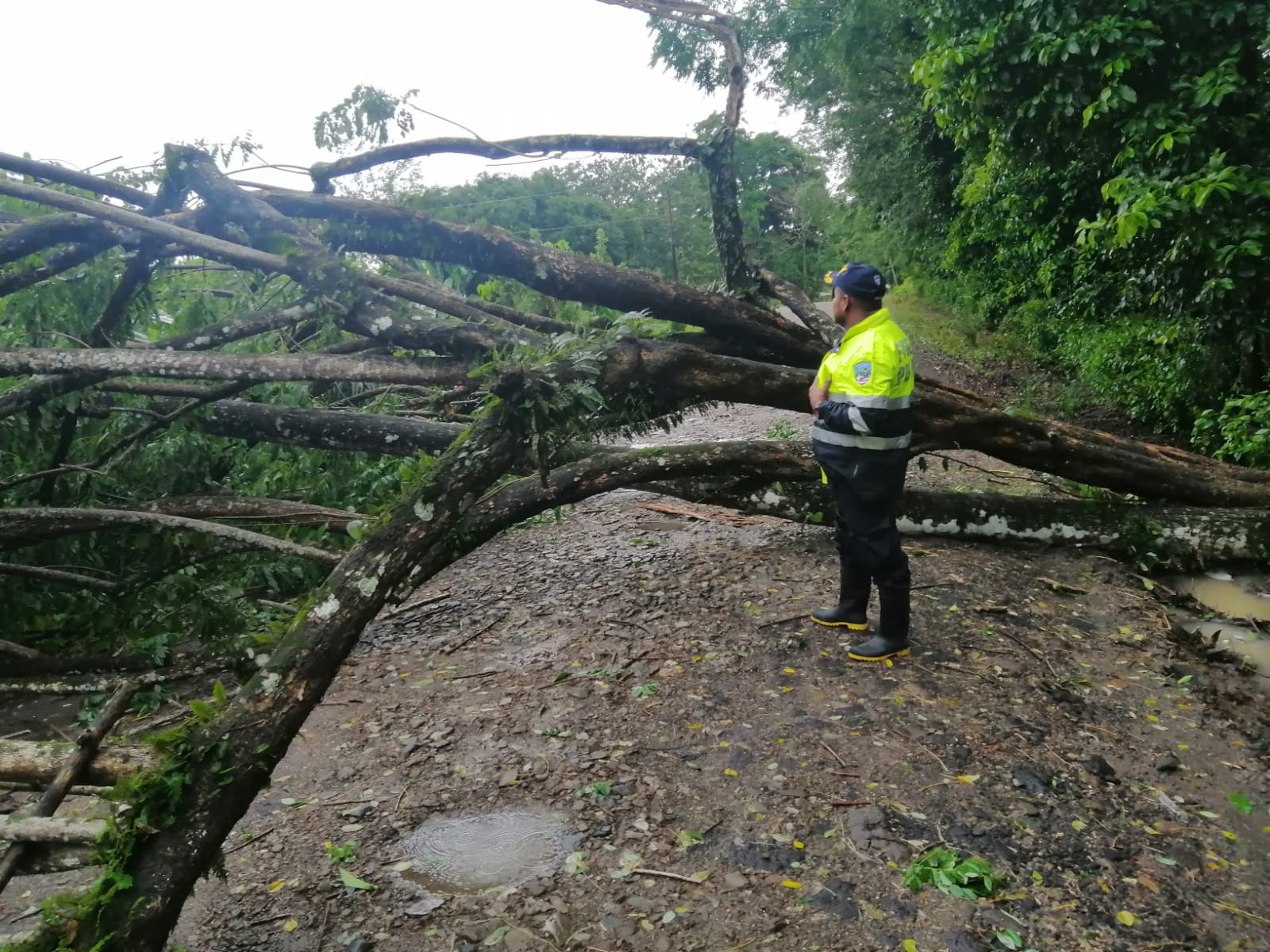
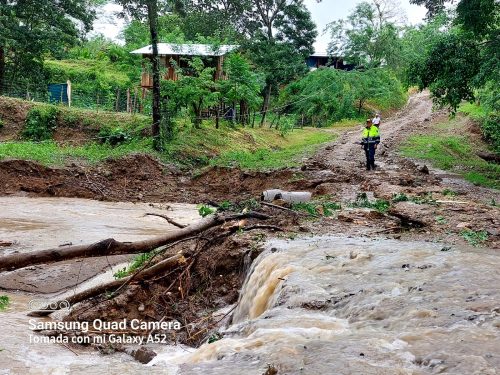
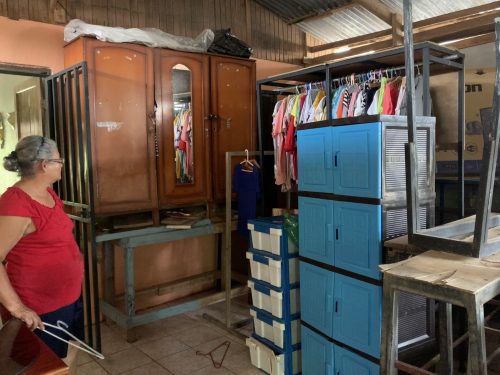


Comments